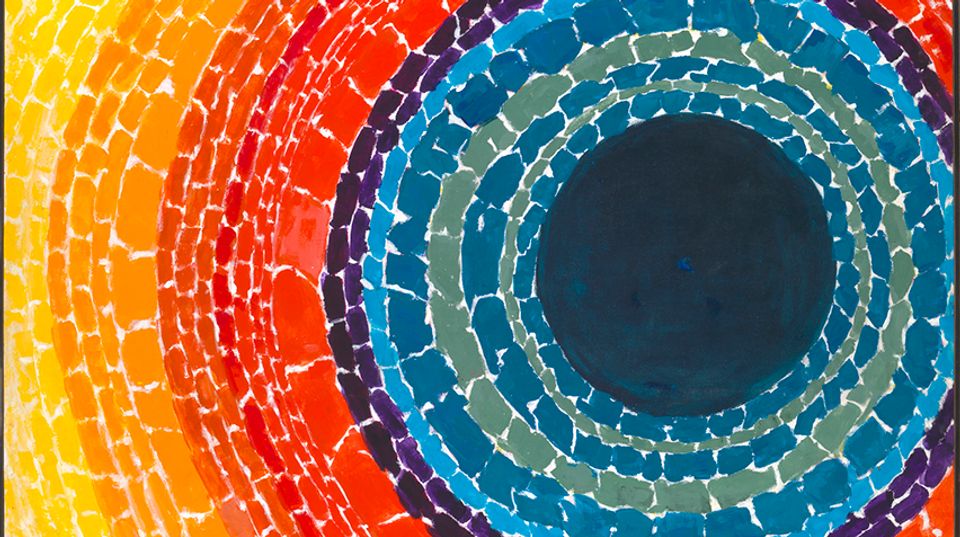
Last month I picked up on an item from the American Art collection highlighted by MAN-scribe Tyler Green: a curious painting of an electric chair by Pop confection artist Wayne Thiebaud. As it happens, I’ve been thinking about Thiebaud since I attended the Nova Art Fair in Chicago, where a number of artworks referenced him directly, and more did so inadvertently. He seems to be on a lot of artists’ radar.
Call it synchronicity. This week I heard back from Thiebaud’s studio on questions Green raised and on which I expanded earlier. Matt Bult (Thiebaud’s son-in-law) said that, as you might expect, Wayne was motivated by his opposition to the death penalty. Thiebaud gets his point across but also develops his use of composition and color with the painting. In that sense, it’s a very good political artwork. It would stand up even if the viewer had no understanding of the significance of the electric chair, and I think that may be an important distinction between propaganda and good political artworks: the latter touch upon political issues, but never to the exclusion of formal or conceptual content.
In any event, Bult notes that Thiebaud was thinking about Yves Klein during this time. It’s interesting to think of the artist working off Klein before either hit his mature stride (after 1960 or so). What would Klein’s influence on an artist be before Klein was, you know, Klein?
But the real news is that there are, in fact, three or four similar paintings of electric chairs by Thiebaud. American Art has one, but Thiebaud’s studio can’t trace the rest. Time to check your attic.



















